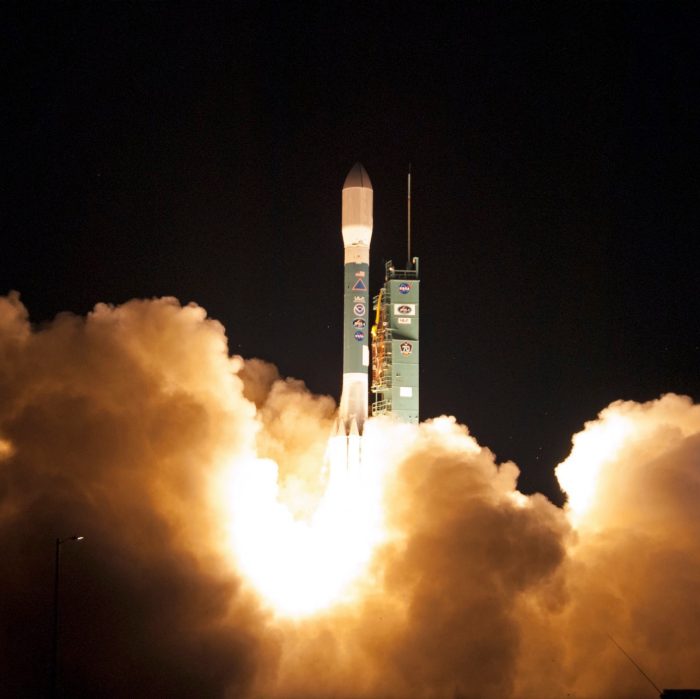Buccaneer Risk Mitigation Mission

The first UNSW Canberra Space satellite, a joint mission with the Australian Government’s Defence Science and Technology Group (DST), was launched in November 2017 from the Vandenberg Air Force Base in California. Within nine months, the Buccaneer Risk Mitigation Mission had achieved its key objectives.
The satellite is small – about the size of a shoebox – but it demonstrated huge capabilities. It played a role in growing the Australian experience in space and contributed to Defence’s ability to improve Australia’s over-horizon radar network. It also made a global impact, supporting international efforts to understand and mitigate space congestion.
In the months after the launch, the cube satellite was successfully commanded from Australian small satellite ground stations at DST and UNSW Canberra Space. The teams shared daily communication with the spacecraft.
UNSW Canberra Space worked to test and characterise the performance of the satellite’s various subsystems in the space environment, including a UNSW Sydney-developed GPS and a UNSW Canberra camera used to monitor the performance of the antenna.
The international ground-based Falcon Telescope Network, including UNSW Canberra’s node of the network, was used to collect considerable amounts of data on Buccaneer’s motion in Low Earth Orbit, correlating fluctuations in reflected sunlight with our control of the spacecraft. This data supports UNSW Canberra Space’s broader research into the science of Space Situational Awareness.
With the main goals of Buccaneer successfully achieved, the mission moved into an extended operations phase to obtain additional valuable information on the spacecraft's ongoing performance. The mission is now complete.
The Buccaneer Risk Mitigation Mission contributed to the UNSW Canberra Space's broader objective of demonstrating space-based capability, ranging from remote sensing to secure communications, to help meet Australian and international needs and opportunities on the ground.
The lessons learned from the Buccaneer mission have been integrated into a follow-up spacecraft developed by UNSW Canberra Space.
Buccaneer deorbited on the 4th of October, 2024.
